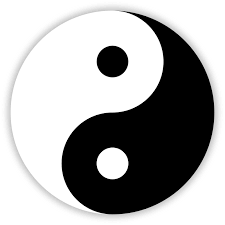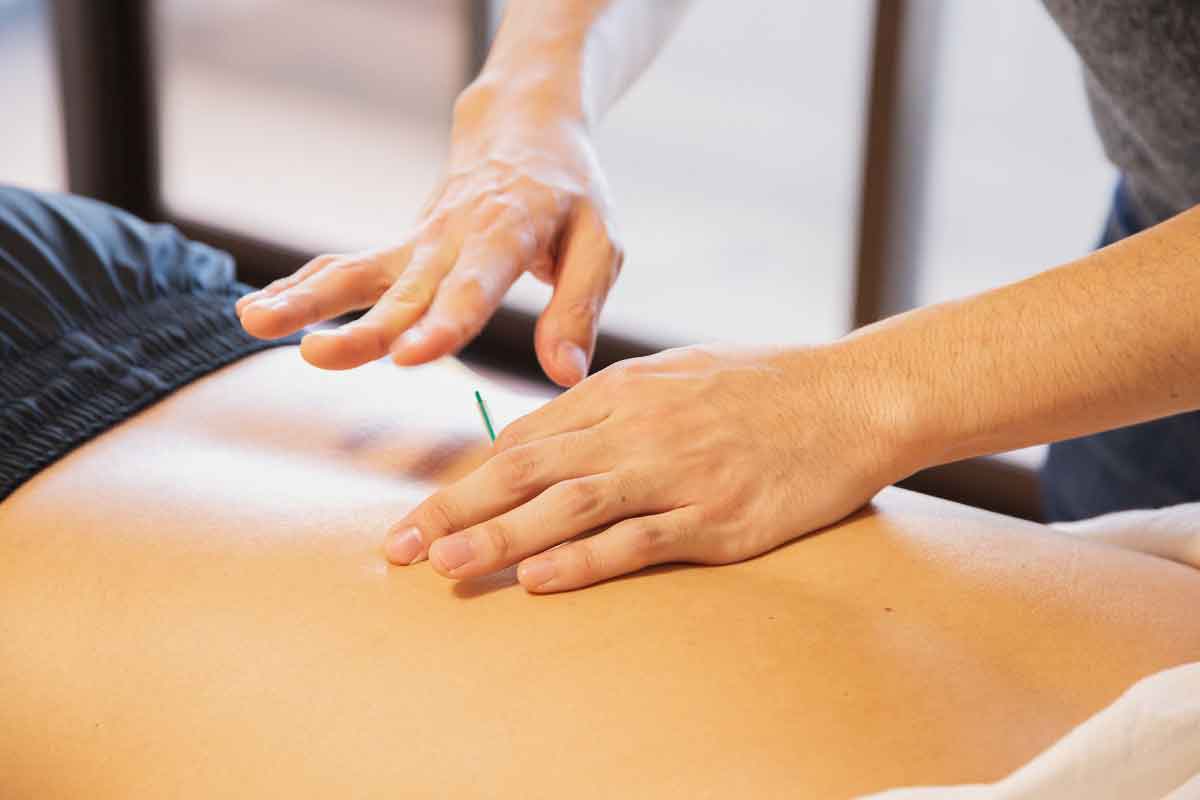So, what is the deal with acupuncture?
Acupuncture is a form of treatment that has been around for thousands of years, originating in China before 2500 BCE. By the late 20th century it was being used in many other areas of the world. Acupuncture is based in the Chinese philosophy’s theory of the yin and the yang. Many of you have probably heard of the concept of yin & yang. This is the fundamental basis of acupuncture medicine as a whole. Disease or physical ailments are caused due to an imbalance of the two energies. Our goal as practitioners is to bring balance between the two
energies in a way that is gentle, yet effective, via our 12 acupuncture meridians, where the flow
of qi resides. We try to understand the systemic imbalances within your body and how this could
be causing the concern you are experiencing. We identify this through a series of questions, palpitation and pulse. Disease or physical disharmony is caused by an imbalance of these forces in the body. The goal is to bring the yin and yang back into balance, which in turn restores the patient’s health.

Meridians & Qi
The life force in the body is called qi, pronounced chee. Qi flows through 12 meridians (pathways) in the body. Each pathway/meridian is associated with a major organ and body system; such as, liver, kidneys, digestive components, etc. Acupuncture is designed to affect the distribution of yin and yang in these pathways so that the qi will flow freely and harmoniously.
Needling
Then comes the needling… Acupuncture consists of the insertion of very thin needles, 3-4x
 smaller than the smallest sewing needle, into acupuncture points. The acupuncture points used
smaller than the smallest sewing needle, into acupuncture points. The acupuncture points used
vary between individuals based on the point prescription our practitioner thinks is best for you
and your body. 3000+ years of medicinal practice allows for many theories to be implemented
on a lot of bodies with similar symptoms. This has allowed for patterns to emerge, systems of
diagnosis to be tried and collected, evidence to be seen.
Needling isn’t the only modality in Chinese medicine. There is also cupping, guasha, tuina
(massage), food and herbal therapy… the list goes on!
Acupuncture can help with the treatment of pain; whether it be full body pain, joint pain, shoulder/hip/knee/back pain, headaches/migraines or injury healing. Inflammation (stemming from many different avenues), gynecological concerns (including fertility, anxiety,
depression, stress, digestive upset, asthma…the list goes on.
Acupuncture can also help with mental and emotional balance:
– Great tool for relaxation; helps to calm the nervous system
– Help alleviate symptoms of anxiety, depression, PTSD
How deep do the needles go in? This is a common question that is asked frequently. The depth of the needle is dependent on the specific point and where it resides on the body. Most commonly the depth of insertion is between .5 to 1 “cun“. A cun is a unit of measurement in Chinese medicine that is equals the width of your thumb. Typically this is approximately 3 centimeters.
How can it help you?
As mentioned before, acupuncture can treat a variety of issues within the mind and body. If you’ve been feeling “off” or imbalanced, maybe giving acupuncture a try could help!

Recent Comments